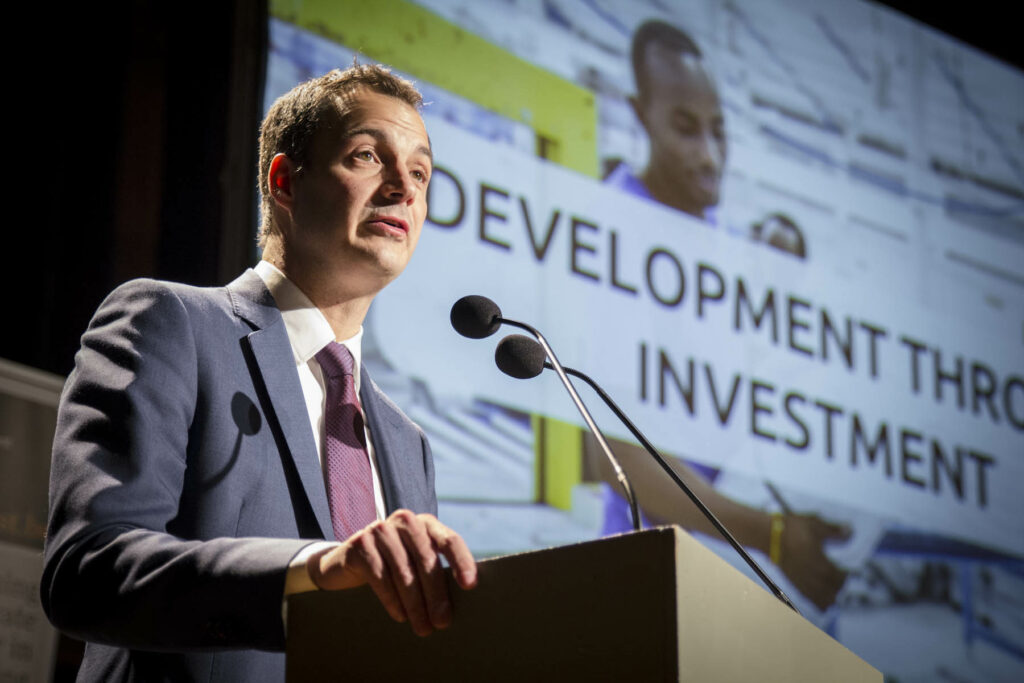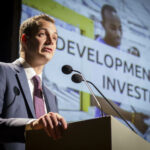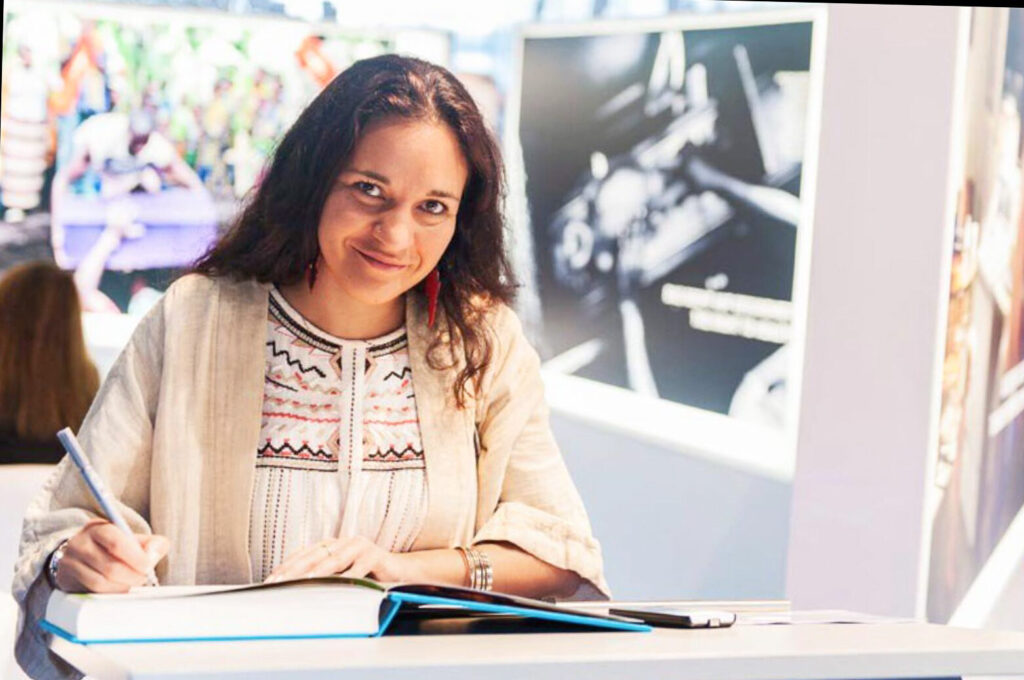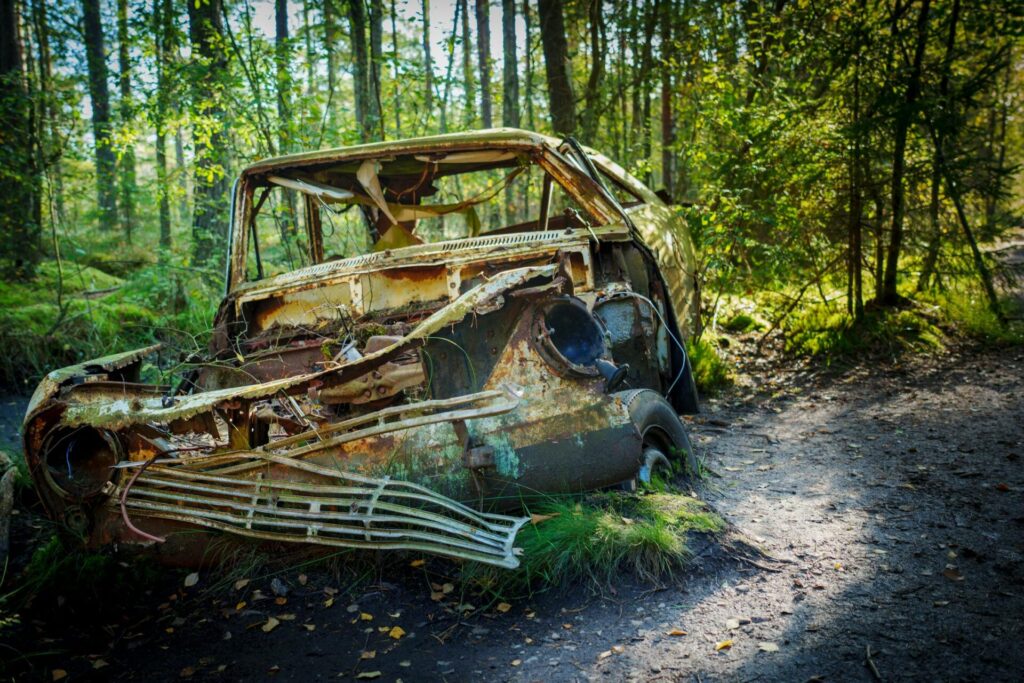At the start of 2019, Minister of Development Cooperation Alexander De Croo announced the cancellation of the bill aimed at reforming the law of March 19, 2013 defining the framework for Belgian development cooperation. A victory for the non-governmental cooperation sector, one of the criticisms of which was the increasingly instrumentalization of international cooperation in the service of Belgian (anti-)migration, foreign and commercial policy. The new 2019 report from the CNCD 11.11.11 also highlights “the desire to increasingly use Belgian public development assistance in the service of migration policies”. These criticisms lead us to question the very essence of this concept. Is it becoming a political instrument undermining any promotion of international solidarity or has it always been?
Let's go back to the end of the Second World War, when modern official development assistance appeared. The birth of the term "development aid" or the lexical union of the two terms "aid" and "development" appears in the famous point IV of the president's inauguration speech of the United States Harry S. Truman which he pronounced on January 20, 1949. He declared: “ Il nous faut lancer un nouveau programme qui soit audacieux et qui mette les avantages de notre avance scientifique et de notre progrès industriel au service de l’amélioration et de la croissance des régions sous-développées. Plus de la moitié des gens dans le monde vit dans des conditions voisines de la misère. Ils n’ont pas assez à manger. Ils sont victimes de maladies. Leur pauvreté constitue un handicap et une menace, tant pour eux que pour les régions les plus prospères. » And this is how the word “underdeveloped” to designate countries which have not yet reached the industrial stage appears. A happier term than those often used at the time as country ''arrears'', ''retarded'' or ''backward countries'' although these were used without causing shock [1]Jean-Michel Servet, “Development aid: six decades of too much said and unsaid”, Regulatory review, n°7, spring 2010.. It is therefore up to the richest States to help “underdeveloped” States in their economic development. [2]Ibid. with the effect of generating an econometric vision [3]Econometrics is an accounting and mathematical vision of the economy. of the world. Nations and peoples are no longer considered in their cultural, social and human diversities but are classified as “underdeveloped countries” or “developed countries” according to their gross domestic product per capita (GDP/inhabitant).) .
The context of the era marked by European and Asian reconstruction, and decolonization explains that development aid ultimately appears as the "relay of the 'civilizing mission' of the time of the colonies as a new messianic objective" [4]Ibid.. This era was also marked by the Cold War between the United States and the Soviet Union, dividing the world into two camps. A war with diplomacy and the play of influences as weapons. Faced with the rise of communist influence in many countries (the Philippines, Indochina, China, India, Brazil, Sudan, etc.), development aid constitutes the perfect instrument to stem this communist expansion [5]Jean-Michel Servet, op.cit.. Development aid is therefore at the service of American policy.
But what about today? Is development aid used as a political instrument or does it promote international solidarity?
At the international level, several actors share the field of action of development aid.
In 1961, the Development Assistance Committee (CAD) was founded, a structure of the Organization for Economic Co-operation and Development ("OECD") designed to collect statistics and facilitate the exchange of "good practices" in the material. This committee defines official development assistance as transfers to developing countries - according to the DAC definition - whose development is the priority and which consist either of donations or of loans with payment facilities. The United Nations Development Program (UNDP) was created in 1965. Since then, the number of institutions has continued to increase and new actors have appeared: non-governmental organizations, local authorities, private sector, etc. [6]Olivier Charnoz and Jean-Michel Severino, Public development assistance, The Discovery, 2007. At the national level, the state actors in Belgian development cooperation are, in addition to the Minister of Development Cooperation, the Belgian Technical Cooperation (“CTB”), since renamed Enabel, and the DGD within the FPS Foreign Affairs.
Through their actions, all these actors have shaped the concept of development aid which aims at the beneficial transfer of resources from developed countries to underdeveloped countries. On the international scene, international organizations (UN, UNDP) representing the international community in terms of aid have thus determined what the priorities of development aid should be, its fundamental objects with the publication in 2000 of the “Objectives of development for the millennium. In these Millennium Goals, it is therefore a question of specifying the objects on which development aid should focus, what are the concrete supports in order to guarantee effective aid. It is also a question of the level of society in developing countries measured by life expectancy, the level of literacy and institutional functioning. Depending on the levels of their society, developing countries are no longer placed in the same category as "third world", "periphery" or "south" J[7]ean-Michel Servet, op.cit.. Note also the subtle but important shift from the concept of 'underdeveloped countries' to that of 'developing countries'. This shift in vocabulary demonstrates the desire to avoid any negative connotation. On the Belgian scene, it is particularly important to look at the law of March 19, 2013. This defines Belgian development cooperation as “Belgian federal policy and actions in terms of development cooperation carried out through governmental, multilateral and non-governmental channels. »
Let us emphasize that it is no longer a question of ''aid'' but of ''cooperation'', a less ''paternalistic'' term trying to relegate to second place the fear of a loss of independence on the part of the the beneficiary State of said cooperation and perhaps to stem the risk of a political orientation of the mode of development. This law also defines the general objective of development cooperation as sustainable human development through actions that contribute to a sustainable and inclusive economy for an improvement in the living conditions of the population in developing countries and to their socio-economic and socio-cultural development, in order to eradicate poverty, exclusion and inequalities. The four priority sectors of Development Cooperation are healthcare, education and training, agriculture and food security and basic infrastructure [8]Presentation by Antoinette van Haute, development cooperation research officer at the CNCD-11.11.11..
The advantage of a list of development aid priorities allows “to ensure the moralization of aid practices, both on the side of the donor country – which sees the scope of its financial influence restricted to a limited set of fundamental goods and services – and on the side of the beneficiary country — whose ruling elites are also bound by the basket of goods defined a priori” [9]Jean-Michel Servet, op.cit..
It should be remembered that development aid has always been the subject of criticism, criticism sometimes presenting development aid as an oxymoron, a figure juxtaposing opposite elements, assuming that aid has contrary effects. in pursuit of development Ibid.. In his article “help for recolonization”, journalist Tibor Mende wishes to demystify the provision of external resources in the form of aid which, according to him, does not allow the structural changes necessary for development Ibid..
Without going so far in its criticism, the 2019 report on Belgian development aid highlights the shortcomings of Belgian policy in this area. She denounces in particular the lack of investment on the part of the Belgian State which contradicts the objective set by law of reaching 0.7% of gross national income (GNI-more or less equivalent to GDP) for the 'Development Assistance. Belgium has been committed to this for 50 years but has not achieved this result. This reality is even justified by the desire, according to Alexandre de Croo, to emphasize the effectiveness of Belgium's development aid rather than its quantity, namely the increase in budgets. [10]CNCD, op.cit.. This explanation demonstrates a desire to favor above all a search for efficiency which sometimes risks being to the detriment of the beneficiary countries and making development aid an instrument of international policy in the least noble sense of the term. Using development aid as a political instrument is not condemnable in itself, as long as the objective is laudable, such as the establishment of real international solidarity. Indeed, we should avoid agreeing with Emmanuel Bove, a pre-war French writer, when he states that "nothing is more deceptive than a good intention, because it gives the illusion of being the good himself » [11]Emmanuel Bove (1935), “Le Presentiment” Paris, Le Castor Astral, 2006, p.105, author cited by Jean-Michel Servet, op.cit..
“Solidarity defines a society: thus the study of free flows between nations can inform us about the construction of a global society which would happily complement the world economy [12]Guillaume Daudin & Bruno Ventelou, “Development aid – Are we more or less united?”, Revue de l’OFCE, flight. no. 85, no. 2, 2003, pp. 297-310. »
Guillaume Daudin and Bruno Ventelou
Laetitia Belsack.
Attachments
Notes[+]
| ↑1 | Jean-Michel Servet, “Development aid: six decades of too much said and unsaid”, Regulatory review, n°7, spring 2010. |
|---|---|
| ↑2 | Ibid. |
| ↑3 | Econometrics is an accounting and mathematical vision of the economy. |
| ↑4 | Ibid. |
| ↑5 | Jean-Michel Servet, op.cit. |
| ↑6 | Olivier Charnoz and Jean-Michel Severino, Public development assistance, The Discovery, 2007. |
| ↑7 | ean-Michel Servet, op.cit. |
| ↑8 | Presentation by Antoinette van Haute, development cooperation research officer at the CNCD-11.11.11. |
| ↑9 | Jean-Michel Servet, op.cit. |
| ↑10 | CNCD, op.cit. |
| ↑11 | Emmanuel Bove (1935), “Le Presentiment” Paris, Le Castor Astral, 2006, p.105, author cited by Jean-Michel Servet, op.cit. |
| ↑12 | Guillaume Daudin & Bruno Ventelou, “Development aid – Are we more or less united?”, Revue de l’OFCE, flight. no. 85, no. 2, 2003, pp. 297-310. |







